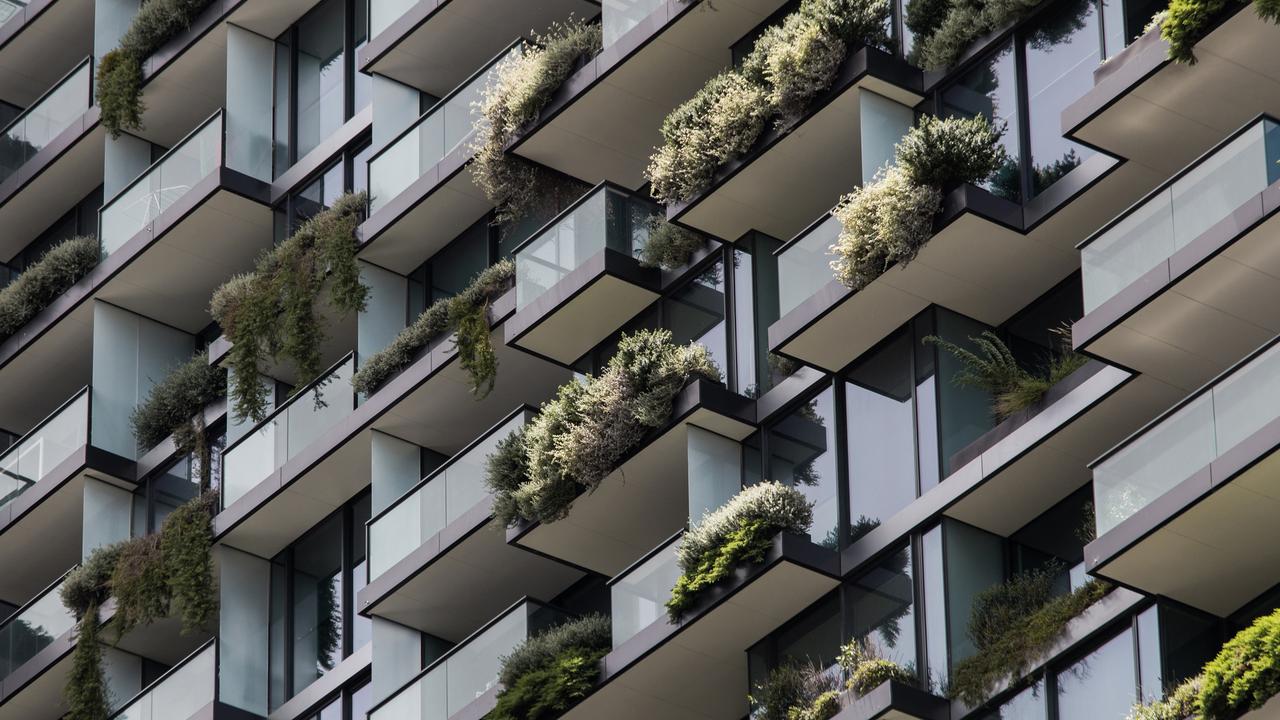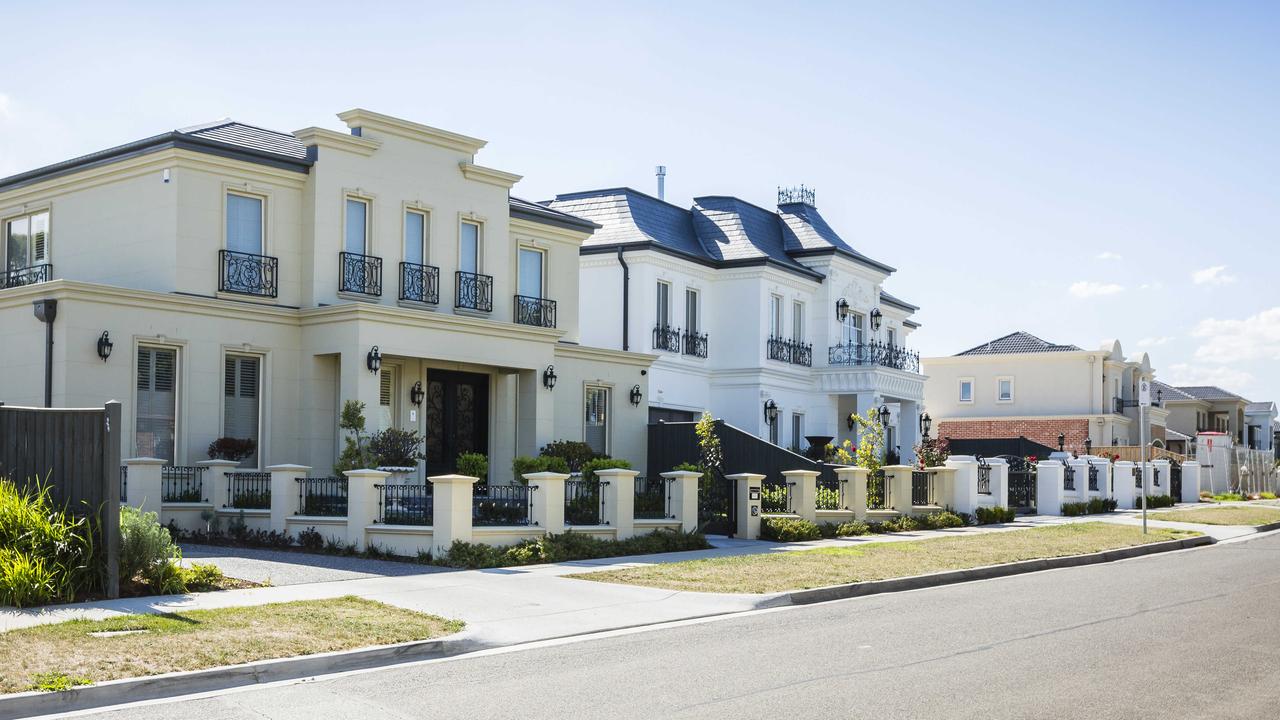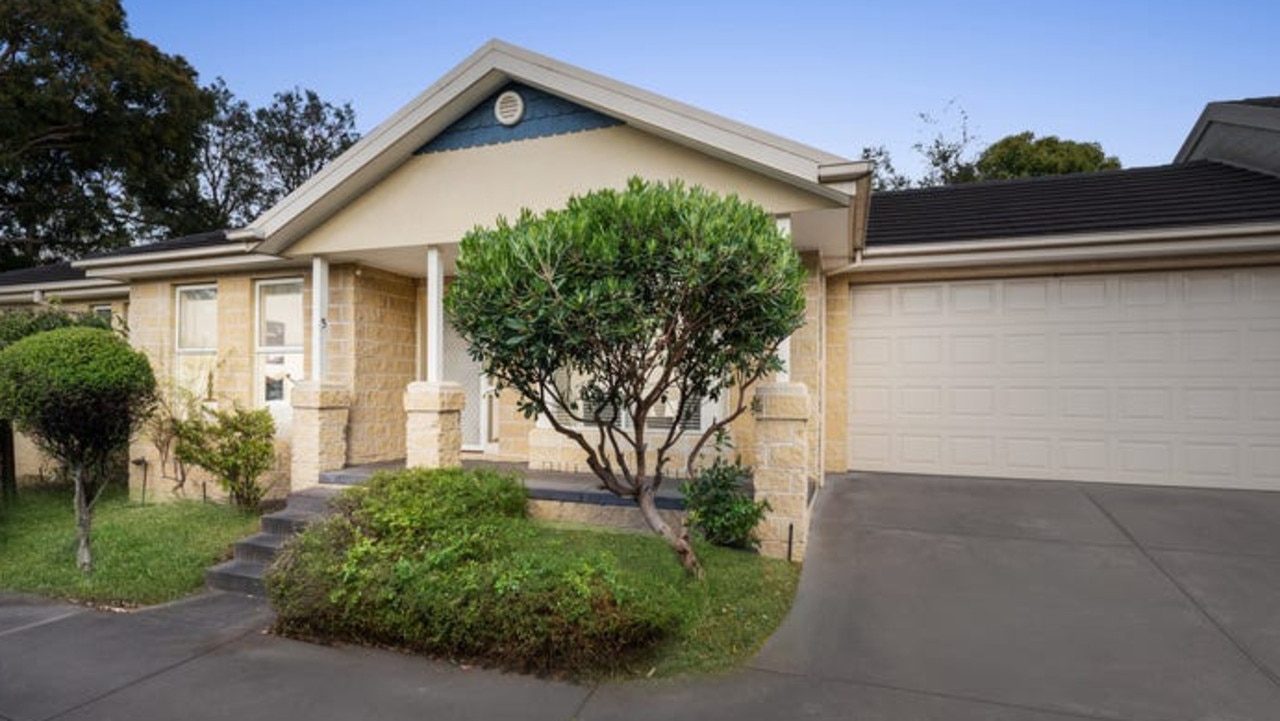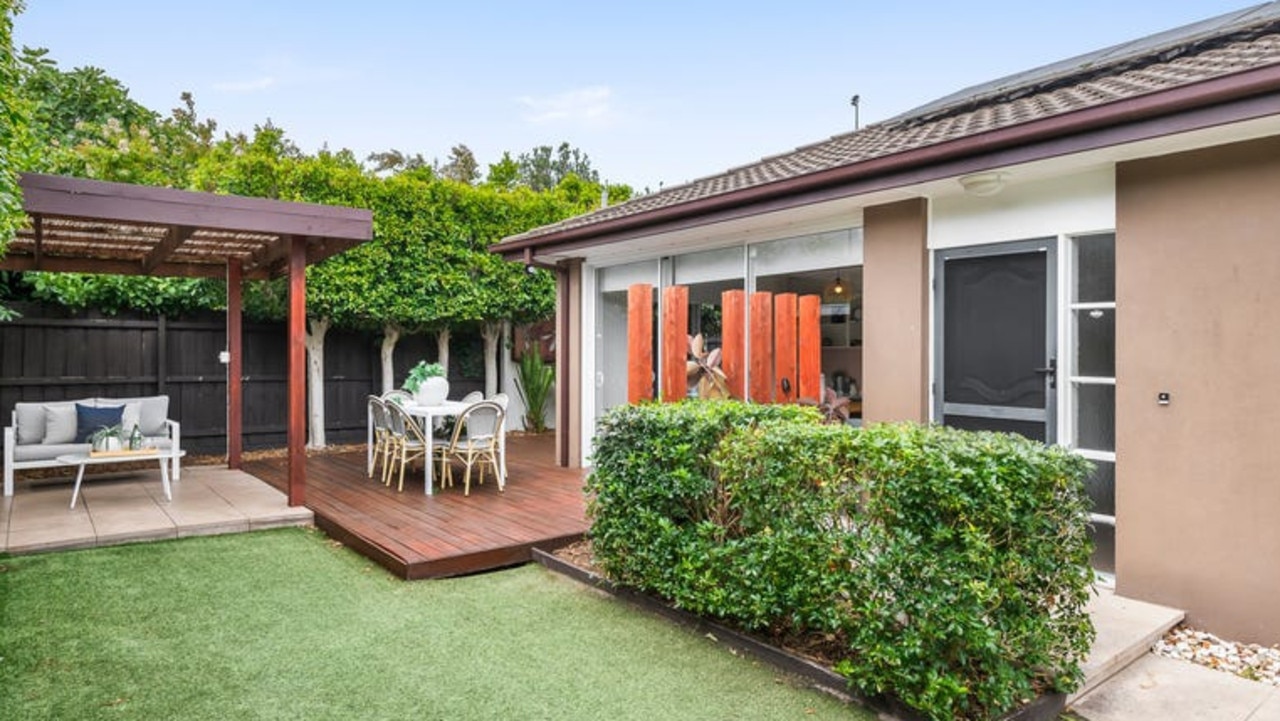New Australian homes will have to shrink to squeeze in millions of new residents
Australian houses have reached a “tipping point” and with cities adding millions of new residents something in our home has to give.

It’s been the Australian dream for decades: the quarter acre block with a home in the middle, garage on the side, driveway out the front and enough space out the back for both a Hills hoist, a shed and space for the kids let off some steam.
But the big house is the dream we’re going to have to give up as increasing numbers of people crowd into our cities.
It could be au revoir rumpus room and see ya home cinema.
RELATED: Average Australian home size hits 22-year low
RELATED: Australians concerned with Chinese homebuyers need to ‘grow up’
RELATED: What the Reserve Bank decision means for housing market
Sydney and Melbourne are inexorably growing and will soon be the size of Paris or London. And with Sydney particularly constrained by geography, our ambitions for a large home will need to shrink.
That’s the warning from Chris Johnson, chief executive officer of development lobby group the Urban Taskforce.
But there’s plenty of fat to trim, with Australian homes the second largest in the world. You could fit almost five Hong Kong homes in the average Melbourne McMansion.
“We’ve reached a tipping point where you can’t sustain forever the spreading low rise suburban model,” Mr Johnson told the Western Sydney Leadership Dialogue’s Out There Summit last week.
AUSSIE HOMES WORLD’S SECOND BIGGEST
We might think our homes are of a pretty standard size — but by world standards Australians houses are absolutely ginormous. In fact, they’re the world’s second largest.
Data commissioned by CommSec in 2018 showed the average newly built Australian home (including both apartments and freestanding houses) was 186.3 sqm, 30 per cent larger than a new house built 30 years ago.
Exclude flats and that figure gets even bigger. The average freestanding new home was 231 sqm in 2017/18.
The figure for overall residence size is surpassed only by the US where new homes average 202 sqm. New Zealand is slightly behind Australia on 172 sqm. Compare that to new homes in England that come in at half the size of an Aussie pad at just 90 sqm.
In jam packed Hong Kong, where you can squeeze into some of world’s smallest apartments, the average home is a mere 45 sqm.
Victorians are building the biggest houses in Australia. In 2017/18 the average floor area of a house built in Victoria was 245 sqm, just a touch ahead of the ACT on the 242.3 sqm.
But big houses and cramped cities don’t mix.
The New South Wales Government has forecast the state’s population will grow to 9.9 million people by 2036. Sydney, already housing 5.2 million people, could at least another two million in the next 15 years, around 1.2 million of those in the central region of the city that encompasses Parramatta and Bankstown.
Melbourne is forecast to go from 4.9 million to almost seven million during the same time period; Brisbane from 2.3m to 3.2 million.
This growth is caused primarily by a combination of immigration and Australia’s healthy birth rate. But a high life expectancy and movement from the country to cities are also factors.
‘TIPPING POINT’ REACHED
Mr Johnson said cities could still grow in population and maintain a quality of life. However, all those new people can’t have their own quarter acre block.
“We’ve moved from a city of half a million to one million to now five million in Sydney and on the current estimate we’re heading towards eight million — that’s the size of London, New York and Paris. These are big cities.
“But we’ve reached a tipping point where you can’t sustain forever the spreading low rise suburban model from here on up,” he said.
Last week, the Urban Taskforce criticised the NSW Government for not including housing development as one of its priorities for its term in office.
“The absence of any priority around housing supply seems to signal a lack of interest in how the state will house population growth in an affordable manner,” Mr Johnson said.
The lobby group’s leadership includes executives from big apartment builders including Meriton, Multiplex and Aqualand.
“The Australian house is one of the biggest in the world. In Paris, New York and London, people live in smaller spaces but share and use a whole lot of other facilities which has become more sociably acceptable,” he said.

Last year, Tiffany Buckins, Ikea Australia’s Head of Interior Design, told news.com.au the trend towards sharing spaces was accelerating and could spell the end of one of our most important rooms.
“In the future you may not need a kitchen because you can go to a communal area to cook and prepare your meals, or heat up your ready-made meal.
“We’re already seeing those trends happening on a smaller scale with areas of the home like offices and home gyms which have migrated into communal areas, where you can connect with others — or not,” she said.


Also at the Out There Summit, former Foreign Minister and NSW Premier Bob Carr took a jab at the Federal Government. He remarked that while Canberra oversaw immigration it was the states who had to fund the majority of new road and rail projects to carry new residents.
“Sometime 10 years ago, Sydney went from intake of around 40,000 people per annum to 110,000 per annum.
“That happened without any contribution from Canberra. What I would have liked to have seen is that for every extra 20,000 — 30,000 people above a benchmark, Canberra would have funded the equivalent of an extra ‘X’ of ‘Y’ km of light rail or heavy rail,” he said.
“It’s the lazy notion of Canberra to say ‘I stand for a Big Australia, I’m going to ramp it up’, but not talk about a Commonwealth commitment to infrastructure or to sustainability.”
The NSW Government is the middle of an infrastructure boom with the first phase of the Sydney Metro having opened in May, the WestConnex motorway opening later this month and light rail in December.
Canberra has tipped in cash, including to the multi-billion dollar new airport at Badgerys Creek. But the State Government is looking for more, asking for federal funds toward the building of the $20 billion Sydney Metro West that is planned to whiz people between the CBD and Parramatta taking pressure off the current line.

HOMES ALREADY GETTING SMALLER
However, while there are calls for Australian houses to get smaller, they’re already heading that way, according to CommSec.
“Aussies are still building some of the biggest detached (freestanding) houses in the world. But the size of the average new house has stabilised over the past five years after peaking in size around six years ago,” the analysis stated.
“There are still McMansions being built, but there are fewer of them.”
That overall drop in size is due to the huge number of smaller units that have been thrown up.
In the years to come, we might be facing less quarter acre blocks and even more and even higher apartment blocks.




